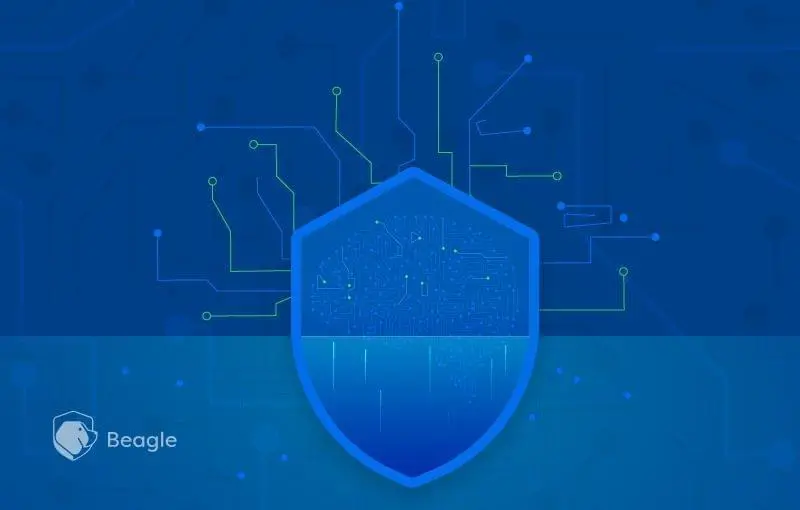
Beagle integrates disparate security activity into correlative events to alert and proactively combat complex cyber threats. By deploying Intelligent Security Operations, complex vulnerabilities that a cyber threat can exploit are reduced, while compliance is enhanced.
Day by day the number of attacks are increasing. The attackers are capable of bringing new methods each time. To prevent from these type of attacks their need to a system cable of finding and notify the company about it. They may be known bugs but in some cases the manual testing will miss those odd cases. We recently saw attacks done by the latest published bugs that causes the companies a huge loss. Normally it will require more time to done in manual testing. As of now the no of vulnerabilities increases we need a different approach for this an intelligent security Testing. we are going after the same level of end-to-end, coordinated defenses. In this case, with technology to limit the success of cyber attacks. bringing together innovative security capabilities to prevent, detect and respond to advanced threats in a continuous and coordinated fashion.It’s designed to help disrupt the entire life cycle of an attack. This is the level of protection required to stop today’s extremely motivated and well-trained attackers
Using Artificial Intelligence
We need AI to understand code and applications. Our code complexity is getting to a level that we need to start to use artificial intelligence capabilities to understand it, and to get a grasp of what is going on, so we can create secure applications that have no unintended side effects.
As AI becomes much more commonplace, we should start to use it more to source code analysis and application analysis. One of the next major revolutions will be where we start adding AI to everything, because the cost of AI will become so low that we will be able to add AI to many devices.
When you analyse an app, you should use everything you have. You should use static, dynamic, interactive, human, and increasingly you should use artificial intelligence to optimise your analysis.
When you are doing security analysis, you are dealing with a vast amount of data, displayed on a multi-dimensional graph. What you have is a graph of the relationships, of what is happening. You are looking for the connections, for the paths within the graph, that are made of what is really going on and what is possible.
Artificial intelligence technology can assist the human who will put context on those connections. I think we are a long way from being able to do this kind of analysis automatically, but if we can make the human’s job of reviewing the results easier, or even possible, that is a major step forward.
Step 1 - Profiling The Target Application
As the first step, our internal automated testing engine intelligently profiles the application and determines various characteristics such as the type of application, platform used, frameworks used, CMS implemented, flash heavy, ajax heavy and many such other criteria.
Step 2 - Benchmarking Against Internal Tool Database
Our engine compares the profile output of your application to our internal benchmarks and selects the absolute best combination of tests to get an ideal output that is comprehensive and effective.
Step 3 - Executing Scan After Finishes
Once the benchmark finishes the intelligent system approves the tests to run, the selected tests are executed cross-referenced and presented to an intelligent system in a consolidated view where they can make sense of the information and take decisions as to the way forward.

![Top 10 penetration testing companies [2025] Top 10 penetration testing companies [2025]](https://beaglesecurity.com/blog/images/blog-banner-three-840.webp)
![Top cybersecurity companies in India [2025] Top cybersecurity companies in India [2025]](https://beaglesecurity.com/blog/images/blog-banner-two-840.webp)


